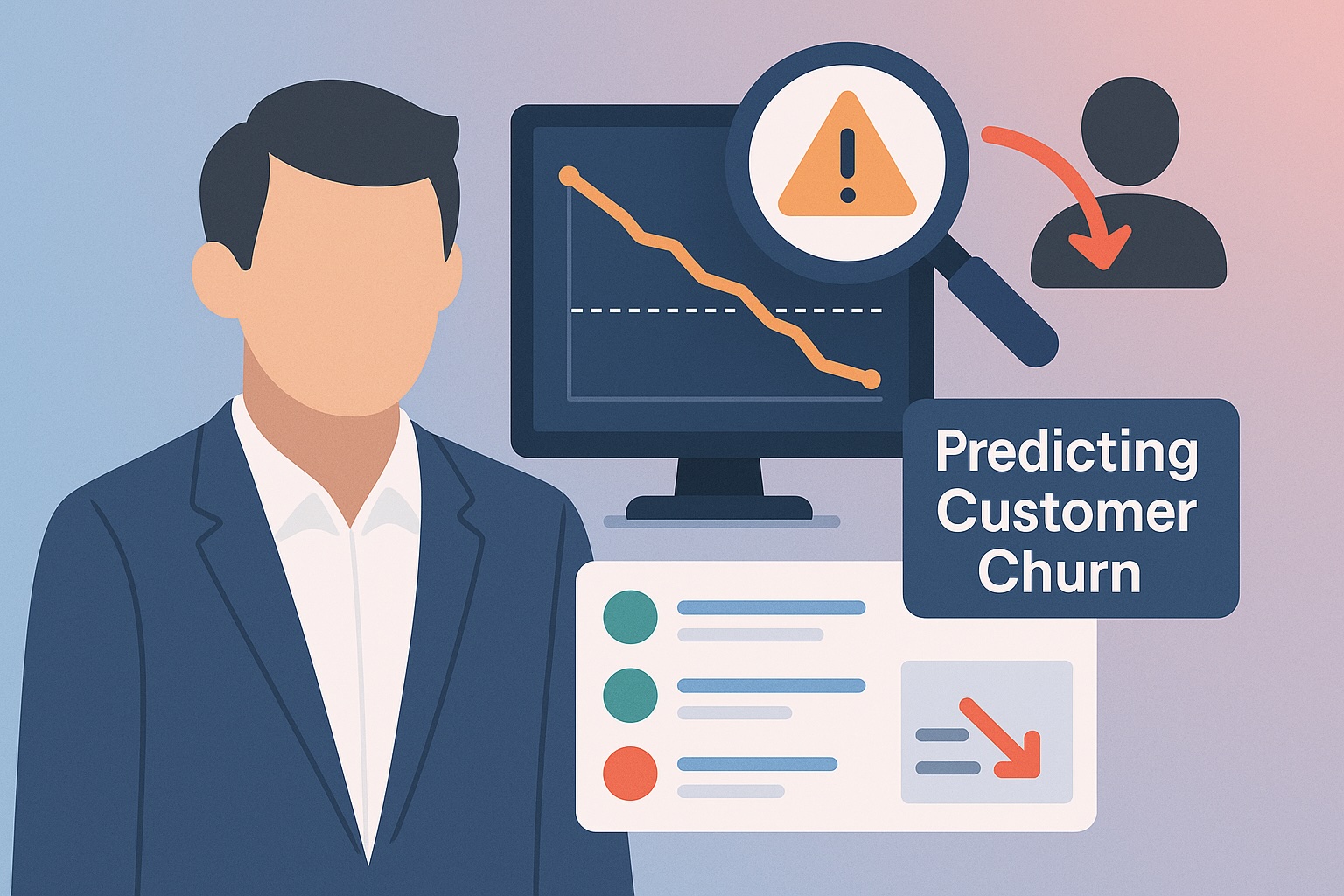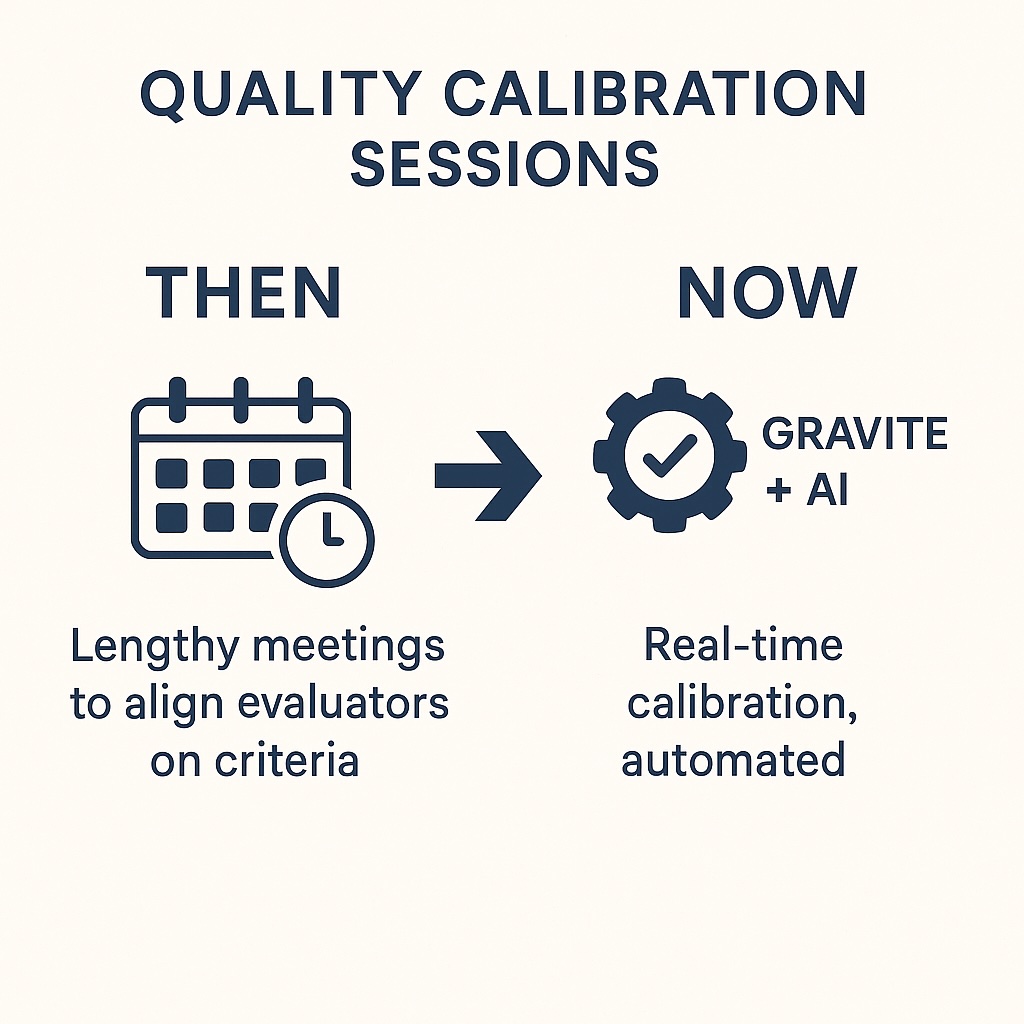
How to Use Quality Data to Predict Customer Churn
Quality Scores as Early Warning Signals
Quality Monitoring has traditionally been about compliance and performance. Agents are scored on empathy, accuracy, or tone, and managers use those scores to improve service consistency. But quality scores have another, often untapped power: they reflect how the customer experience feels in real time.
When aggregated across thousands of interactions, these scores form a behavioral fingerprint of your customer base. A small drop in average quality might look harmless, but it can precede a surge in churn weeks later. A rising number of unresolved or low-empathy interactions in a specific segment might predict attrition long before it’s visible in your CRM.
In essence, quality scores are not just operational metrics — they are emotional indicators. They reveal frustration long before it becomes defection.
Understanding the Correlation
Predicting churn from Quality Data starts with correlation. Historical analysis can uncover how dips in service quality align with actual churn events. You might find that customers exposed to three or more poor-quality interactions within a 30-day window are twice as likely to leave. Or that a specific drop — say, from 87% to 82% in average Quality Score — correlates with a spike in cancellation rates.
The key is not the absolute score but the pattern of decline. Consistency matters more than perfection. When quality becomes erratic, customers lose confidence. By mapping quality trends to retention data, companies can transform what was once anecdotal feedback into a predictive variable.
As machine learning models evolve, they can analyze the linguistic and emotional components of interactions — identifying risk factors like negative sentiment, increased use of urgent language, or frequent transfers between teams. Each signal adds a layer of probability to the churn prediction model.
Setting Thresholds and Triggers
Once correlations are established, the next step is to define thresholds — the specific levels of decline that indicate rising churn risk. These thresholds act as alert points, triggering internal interventions.
For instance, if the average quality score for a customer or segment drops below a defined threshold, the system can flag it automatically. Managers can then review recent interactions, assign targeted follow-up, or initiate proactive outreach before the customer decides to leave.
This approach transforms Quality Monitoring from a descriptive tool into a preventive mechanism. Instead of measuring what went wrong, you prevent it from happening again.
In mature systems, these alerts can integrate directly into CRM workflows: a customer marked as “churn risk” automatically triggers a retention sequence, follow-up call, or personalized recovery offer. The combination of Quality Data and automation creates a feedback loop where every negative signal is met with immediate action.
From Reaction to Prevention
The shift from reactive churn analysis to proactive prediction marks a fundamental evolution in Customer Experience strategy. Quality data sits at the intersection of customer emotion and operational reality — it captures what quantitative KPIs miss.
A high-performing churn prediction model does not replace human intuition; it enhances it. It tells managers where to look, when to intervene, and which customers need extra attention before dissatisfaction becomes departure. Over time, the organization learns to detect patterns of risk intuitively — not through guesswork, but through continuous feedback.
The goal is no longer to reduce churn after it happens, but to build a system that makes it predictable and preventable.
The Strategic Value of Quality Data
CX leaders focused on retention understand that prevention is far more cost-effective than reacquisition. It costs five to seven times more to win back a lost customer than to keep an existing one. By integrating Quality Monitoring into predictive analytics, companies can bridge the gap between service operations and retention strategy.
This connection also changes how teams think about quality itself. It’s no longer just about compliance or agent performance — it’s about customer lifetime value. Every well-handled interaction strengthens loyalty; every poor experience weakens it. By quantifying these dynamics through data, organizations can finally measure the emotional ROI of great service.
In an AI-driven world, quality data becomes a strategic asset. It not only measures the present state of your customer relationships — it forecasts their future.
Ready to Predict the Future of Retention?
Quality Monitoring was once about control. Now, it’s about prediction. The most innovative organizations are using their quality data not to look backward, but to look ahead — transforming feedback into foresight.
If you’re ready to take that step, explore our Churn Prediction Model, designed to help you connect Quality Monitoring metrics to retention outcomes and identify at-risk customers before they leave.
Turn your quality data into your most powerful retention engine — and stay one step ahead of churn.





